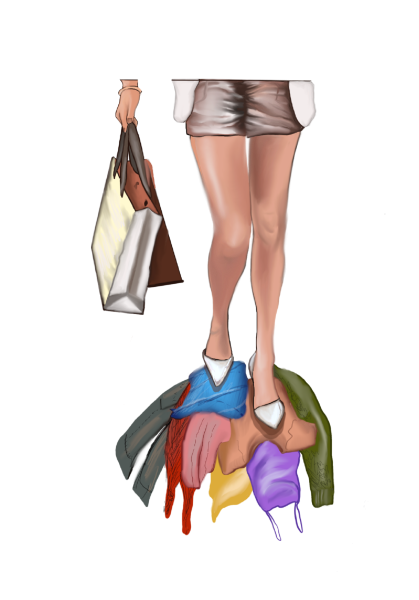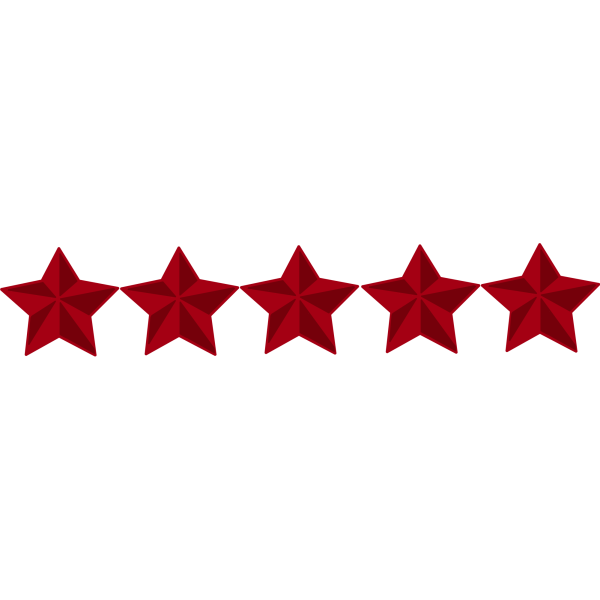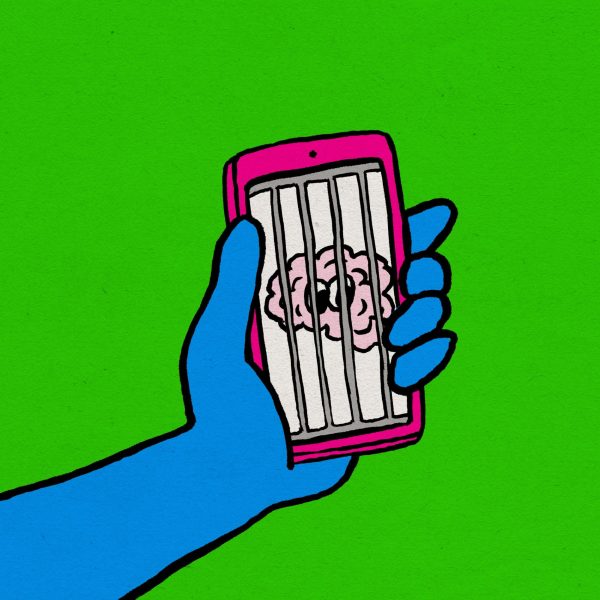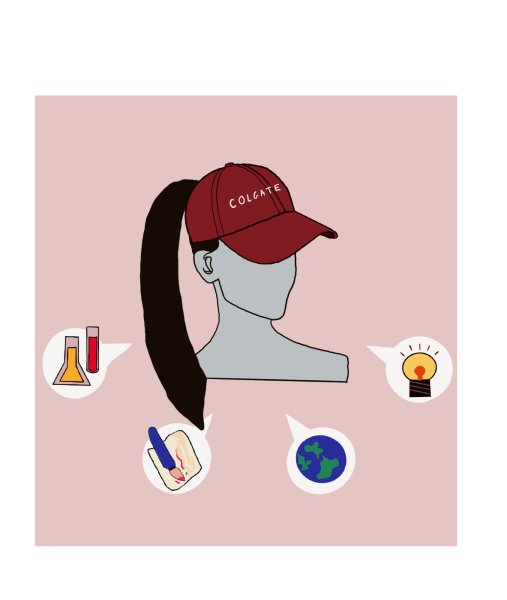Why the Deer Cull is a Feminist Issue
As Colgate students, we love to see deer frolicking on the ski hill and waiting outside Frank Dining Hall for a little treat. But, do we really understand what it is like for the community to deal with this many deer? Most students, outside of the environmental studies department, are unaware that Colgate has recently taken over the village’s responsibility of managing the deer cull. The deer cull is a population management strategy where a large number of deer are killed for many years in a row in order to make a significant impact on the population of deer. In the village of Hamilton, there is an overabundance of white-tailed deer causing problems with Lyme disease, car collisions, garden destruction and forest health. The cull sanctions local hunters to take deer outside of hunting season with bows and crossbows (so as not to pose a danger to civilians in the case of a misfire), and any meat the hunter does not want is donated to local food pantries.
If you consider yourself to be a feminist, you may be wondering, why should I care about the deer cull? As an environmental geography and women’s studies student, I believe that the deer cull is a feminist issue because feminists are passionate about fighting for justice on multiple scales. I support the deer cull and am passionate about sharing why. I had the opportunity to have my biases about hunting completely changed through learning about the psychological and physical benefits of hunting — environmental maintenance, mindfulness, strength and community for hunters — in the course ‘Hunting, Eating, and Vegetarianism.’ As a feminist, I believe there are more people like me hoping for their viewpoint to be challenged and have their perception changed.
After reading about the intersection between feminism and hunting, which includes hunting’s role in gender stereotypes, misogyny and sexism, and background about different women’s hunting organizations, I created a series of questions to ask Colgate faculty about the deer cull. I interviewed five professors and asked a range of questions. At the time of the interviews, I didn’t know what information I was looking for. It wasn’t until my last interview that I realized the basis of my research was going to be breaking down how deer overpopulation is a socially constructed problem with scientific solutions, and how this kind of acknowledgement and distinction should be a “feminist issue.” White-tailed deer are not invasive to Central New York – they were here long before we were, and the only reason there are “too many” is because we eliminated their natural predators and altered the environment to unintentionally benefit their needs. Additionally, there is no scientific limit to how many cases of Lyme disease in ticks are too many or how much garden destruction is too burdensome; we had to develop this rating based on our own behaviors and desires.
Feminists are taught to push deeper than external harms and benefits and question unintended consequences such as how will this impact the community where the cull is held and how are the regulations benefiting humans rather than the deer? The deer cull displays one of the ways humans attempt to maintain a harm reduction relationship with nature. It’s about finding a power balance between priorities for man, deer and the environment more largely. As a vegetarian, I think the deer cull encompasses a productive way of dealing with the large population and obtaining an ethical source of protein which is often donated to local food pantries. Venison is a healthy meat that can sustain families for an extended period, and it eliminates some of the demand for factory-farmed meat. There is a life-cycle approach of the cull, where there are benefits through the beginning, middle and end for the environment, humans and deer.
Feminists are also trained to push back against universalized truths and strive to go deeper into the meaning of knowledge. We should be hesitant to blindly accept that deer are overpopulated and need to be controlled, without first questioning: How is this determined, who decides this, how is it done and what are the impacts? I have done a deep dive into the answers to these questions, and after talking with multiple professors at Colgate intimately tied to the deer cull, I learned about the environmental impacts, social considerations, community input and economical and health benefits that the cull provides and I have become confident with an overall declaration that I support Colgate’s deer cull. My opinion is largely due to the nature of my studies at Colgate where I have been taught the value of wide range environmental strategies to help reduce climate change. After spending the summer in the Colgate forests looking at the difference between forests with deer versus those where deer are excluded, I am convinced that the damage the deer do to our forests is enough to justify limiting the population. It is crucial that the forests are able to regenerate and grow as larger trees die, and the current impact from deer is too strong to allow them to continue unmanaged. Additionally, my compassion for animals has led me to understand that the population as it is cannot sustain the food requirements for many deer, and there is room to relieve individual’s suffering from winter starvation if we limit the population.
A final feminist element inherent to the cull is the community-based initiative which has taken place. Not only was the town able to learn and debate the issue in several community meetings, but local hunters were also encouraged to be a crucial part of the planning team and help determine the location and structure of the cull. The collaboration with local homeowners and hunters in addition to Colgate scientists has shown how academia and community-based research can work together, and how this approach generates a more ethical and inclusive form of research. Feminists are critical of traditional academic research since it may ignore the researcher’s stakes in the study. Alternatively, the kind of consideration and communication that took place to implement the cull should be an example for future researchers looking to have ethical and inclusive research.
Feminist thought aims at restructuring society for aims of justice. In the case of the deer cull, we are encouraged to think about our role in the problem rather than blaming the deer themselves for their overabundance. It reminds me how many of our ecological, social and economical problems stem from the choices we make as humans, and the way our society prefers to solve the problems we create, is typically by “controlling” others, rather than looking at how we ourselves are often the root of the problem. By analyzing the deer cull from a feminist perspective we push back against the common human-centric and capitalistic form of thinking and consider our own influence in problems in addition to how solutions can have impacts beyond our intentions.








